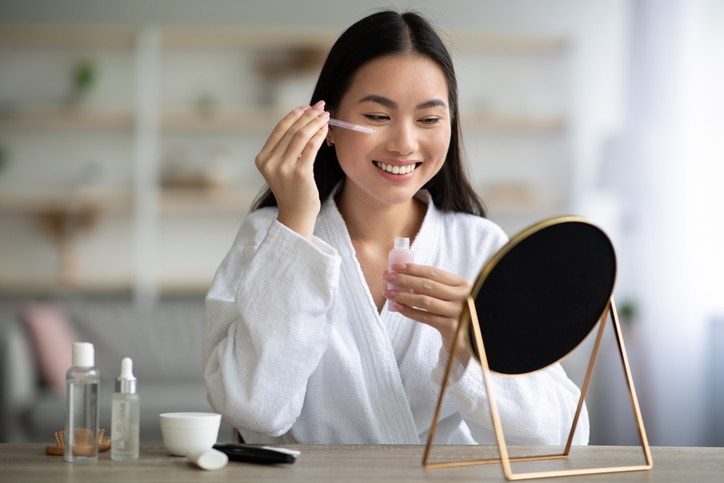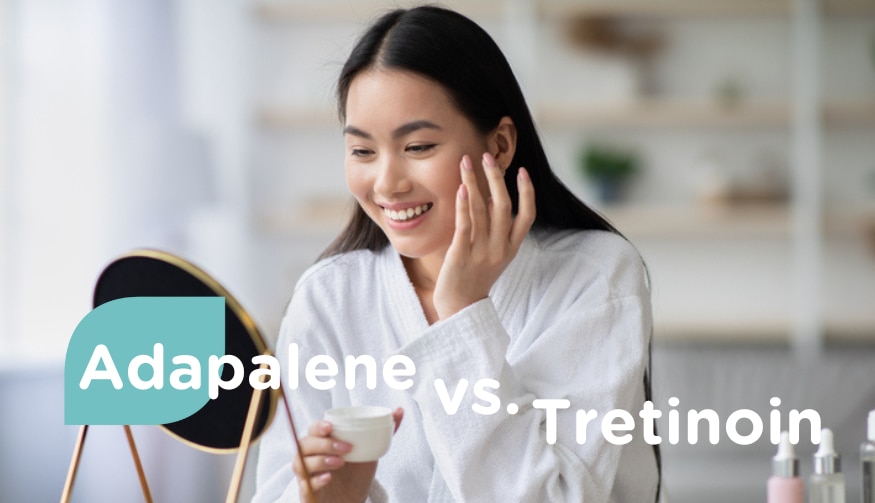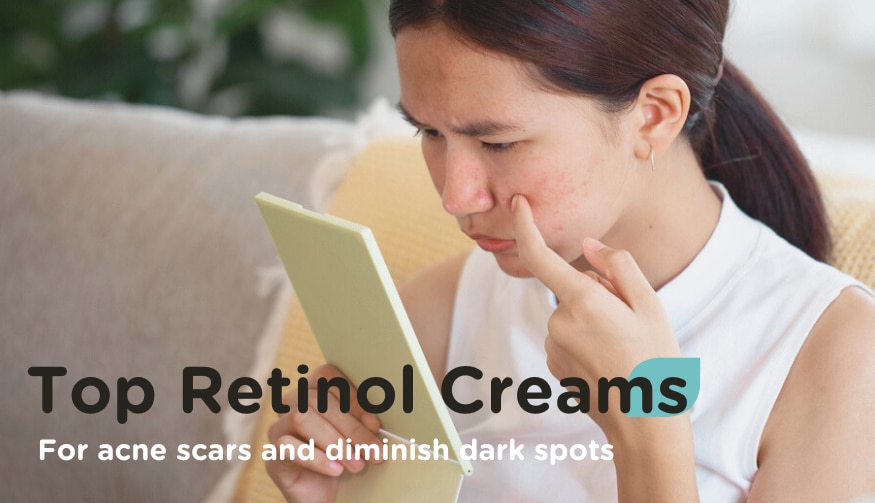Choosing between Adapalene and Tretinoin? Which one is better for aging and acne? It can be hard to decide which skincare ingredient is right for your skin. Read on and let us help you get to know more about Adapalene and Tretinoin to help you find the right choice.
Everyone’s skin is different, and the results may vary. No matter which active ingredient you choose, ramp up slowly to decrease the intensity of potential side effects such as irritation, peeling, and purging. Be sure to pay attention to your skin and communicate any concerns with your dermatologist before/after including these active ingredients in your skincare routine.
The difference between Adapalene & Tretinoin
What is adapalene?
Adapalene is a topical retinoid that can penetrate hair follicles and help prevent and treat acne, exfoliate skin, and minimize inflammation. Potential side effects include an increase in skin sensitivity and dryness, particularly during the first few weeks of treatment.

What is tretinoin?
Like Adapalene, tretinoin is just another topical retinoid, derived from vitamin A, that also helps to prevent and treat acne. When using tretinoin, it is recommended that you avoid excessive sunlight and always use a sunscreen with a minimum SPF 30+. Common side effects include redness of the skin to an increase in sensitivity to sunlight.
Adapalene vs. Tretinoin: Which is better for aging and acne?
Adapalene and tretinoin are both forms of Vitamin A and both ingredients are highly effective at fighting acne. The biggest difference between them is the anti-aging power of tretinoin. Tretinoin has been shown to reduce signs of aging of the skin, and damage to the skin from the sun.

While you can achieve an effective acne treatment with both adapalene and tretinoin, you are likely to experience quicker improvement with the latter skincare ingredient.
Determining which treatment is right for you is totally up to what your skin needs. Be sure you consult your dermatologist before use.













